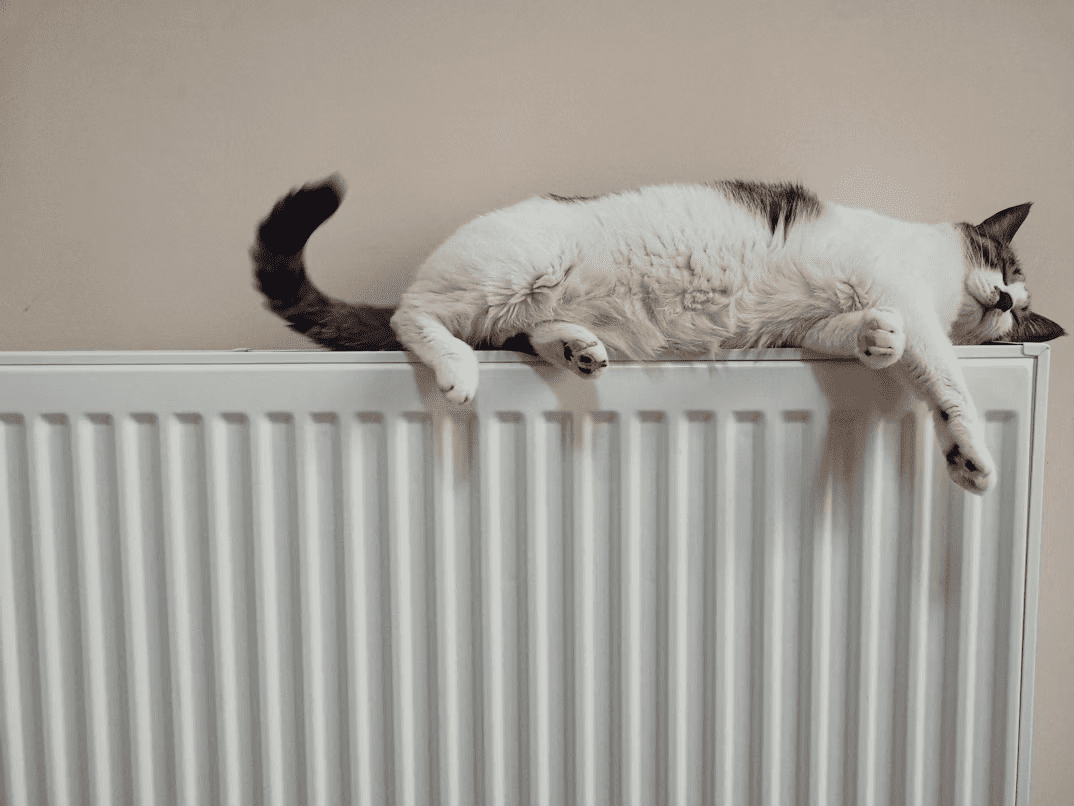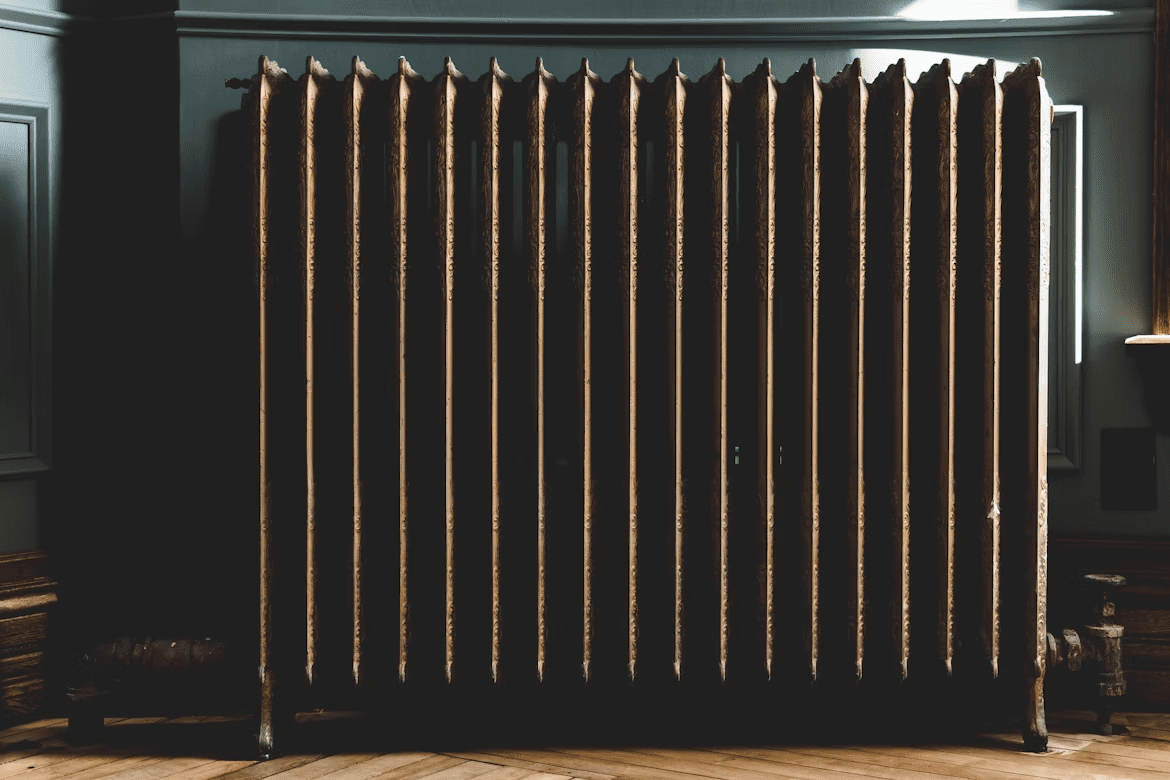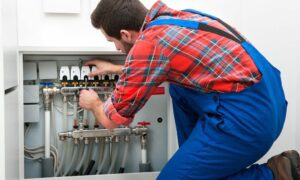Every heating system reaches a point where repairs no longer guarantee reliability or efficiency. Recognizing the signs that your unit needs replacement rather than another quick fix protects your comfort and your wallet. Understanding when to take each step helps you maintain a warm and cost-effective home without unnecessary expense.
Recognizing Early Warning Signs
Heating systems often show subtle hints before they fail completely. Uneven temperatures throughout the house, unusual noises, or fluctuating heat output indicate that something may need attention. Energy bills that rise without a clear reason suggest that the system must work harder to maintain the same comfort level.
Regular maintenance visits catch many issues early. Technicians who inspect components, clean filters, and test performance prevent small issues from developing into larger ones. When service becomes more frequent, though, it may point toward deeper inefficiencies or aging equipment.
A consistent pattern of short cycling, where the furnace turns on and off rapidly, signals that it no longer performs as it should. The sooner you address these problems, the more control you maintain over your system’s lifespan.
Factoring in the Age of the System
The age of your heating system plays a major role in determining whether repair or replacement makes sense. Most furnaces last 15 to 20 years under normal conditions. As components wear down, performance decreases, and repair costs increase.
An older system tends to consume more energy and require more frequent service. If your equipment nears or surpasses this age range, replacing it may provide better value than continuing repairs. On the other hand, a furnace that has served fewer than ten years often benefits from targeted fixes.
Understanding where your system falls on its timeline helps you plan. Preventive replacement before a total failure saves money and prevents emergency breakdowns in the coldest months.
Evaluating Repair Costs and Long-Term Value
One helpful rule compares the cost of a repair to the cost of a new unit. If fixing your current system costs more than half the price of a replacement, upgrading becomes the smarter option. High repair costs on aging systems indicate diminishing returns.
Before deciding, request estimates for both repair and replacement. Compare warranty coverage, expected lifespan, and energy efficiency ratings. Repairs may seem cheaper initially, but frequent service appointments can quickly exceed the investment in new equipment.
Budget-conscious homeowners often weigh financing or rebate programs that make replacement more affordable. A balanced approach ensures comfort without unnecessary financial strain.
The Benefits of Improved Efficiency
Older heating systems lose efficiency as they age. Even with regular maintenance, parts wear down, airflow decreases, and energy waste rises. Upgrading to a modern, energy-efficient unit significantly lowers monthly bills.
Modern models include technology that optimizes performance through variable-speed motors, smart thermostats, and advanced heat exchangers. These features adjust energy use to match heating demand, improving both comfort and control. Homeowners ready to install a new furnace often experience immediate differences in warmth and reliability. New units operate quietly, maintain consistent temperature, and require less maintenance throughout the year.
High-efficiency furnaces also reduce environmental impact, consuming less fuel and producing fewer emissions. Investing in better technology improves daily comfort while aligning with sustainability goals.
When Repairs Make Sense
Not every issue requires full replacement. Simple repairs, such as replacing a faulty thermostat, fixing a fan motor, or cleaning clogged ducts, can restore performance effectively. Systems under warranty usually qualify for free or low-cost repairs, making it practical to keep them running.
When only one part fails and the rest of the system remains strong, repair offers a cost-effective solution. Routine maintenance after the fix helps prevent recurrence and preserves the furnace’s life expectancy.
Professional inspections identify whether the issue stems from a single part or an underlying problem. Addressing small mechanical issues promptly prevents unnecessary replacements.
Understanding Energy Use and Comfort
Energy consumption often reveals a heating system’s true condition. If your furnace runs longer but produces less heat, it may struggle to maintain output. Excess energy use indicates declining efficiency that repairs cannot always fix.
A new system regulates temperature more accurately and distributes air evenly. This balance eliminates hot and cold spots, improving comfort across every room. Proper sizing ensures that the system operates efficiently without unnecessary strain.
Improved airflow and modern filtration enhance indoor air quality. Families notice fewer allergens, less dust, and more consistent humidity levels with upgraded equipment.

Deciding whether to repair or replace your heating system depends on age, cost, performance, and safety. Routine maintenance extends lifespan, but replacement provides improved comfort and efficiency when aging equipment struggles to keep up. Evaluating both options carefully helps you make the best choice for your home. A timely decision ensures reliable warmth, lower energy bills, and peace of mind throughout every season.



































